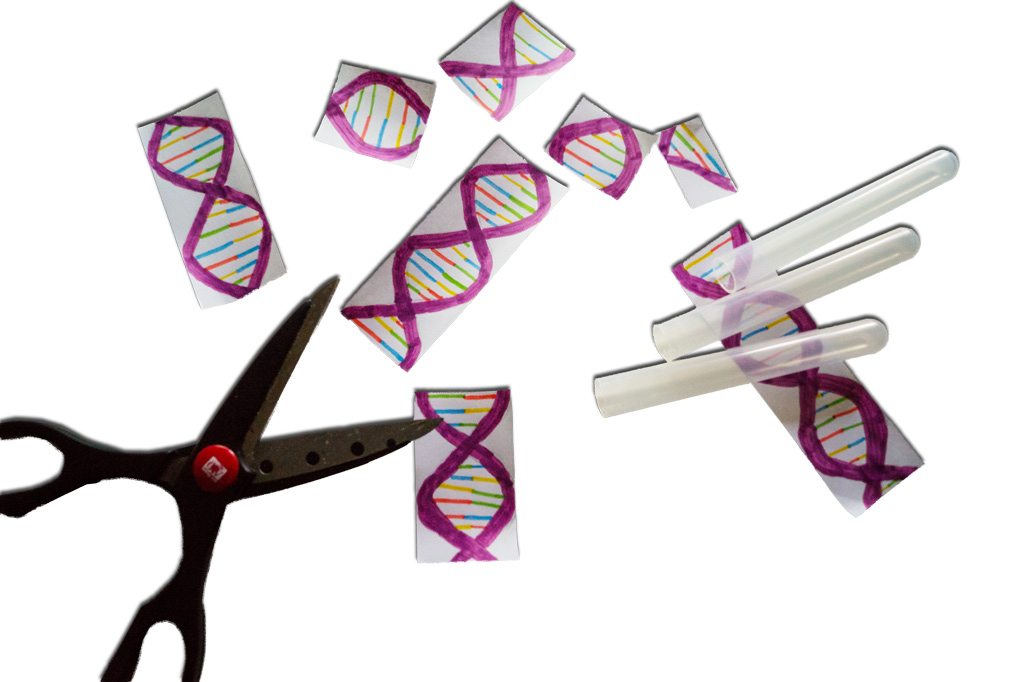 Scientists keep experimenting with the relatively new CRISPR/Cas9-method, which can be used to digest (cut) DNA sequences and thus design the human genome. A public uproar remains absent, however. But do people actually know what this innovation means? What do the scientists intend, to what extent could the method be abused and should it be used at all, especially in terms of ethic concerns?
Scientists keep experimenting with the relatively new CRISPR/Cas9-method, which can be used to digest (cut) DNA sequences and thus design the human genome. A public uproar remains absent, however. But do people actually know what this innovation means? What do the scientists intend, to what extent could the method be abused and should it be used at all, especially in terms of ethic concerns?
CRISPR, short for Clustered Regularly Interspaced Short Palindromic Repeats, is a biochemical method that can be used to purposefully cut and change DNA – a process you might know as Genome Editing. By applying this method, genes can be inserted, removed or rendered ineffective. Although the biochemists Emmanuelle Charpentier and Jennifer Doudna introduced it to the scientific landscape back in 2012, it has become the object of greater interest in 2015: It was assigned Breakthrough of the Year by the magazine „Science“.
Although the discovery itself can be regarded as an incisive development, its further use or maybe even abuse raises a clash of opinions, even among experts.
Debatable science
In April 2015, CRISPR‘s popularity rose when Chinese scientists experimented on manipulating genes in human embryos. The research made use of nonviable embryos only – an argument that seeks to resolve possible upcoming doubts in terms of bioethics. Yet, western scientists were indignant about this case, as it portrays the actual abuse of a scientific method that had previously been established in laboratories and is worked with even by students globally. Sadly, highlighting negative aspects always affects the public opinion far more than positive news do.
One month before the China incident, Edward Lanphier from Sangamo Biosciences in Richmond, California stated in the “Nature” magazine: “There are grave concerns regarding the ethical and safety implications of this research. There is also fear of the negative impact it could have on important work involving the use of genome-editing techniques in somatic (non-reproductive) cells.“
The image of Genome Editing suffers from non-consistent directives concerning the limits of actual research. In the western world, comparable experiments are strictly prohibited.
More good than bad
But what purposes does CRISPR actually serve? Well, there are a lot. First of all, it simplifies almost every field of research concerned with genes, since it enables the researcher to provoke specific mutations in a short amount of time. Scientists aim at fighting and maybe even eradicating viruses like HIV and hepatitis. They seek to protect us from plagues that could otherwise potentially spread across countries, for example in the case of germ transmitting mosquitoes.
Still, all of this is overshadowed by ethically questionable experiments. The editing of genomes does naturally neither go hand in hand with the manipulation of human genomes nor is this use of it widely supported. Scientists, including Edward Lanphier, demand a broad discussion about the direction that is going to be chosen in the future – and I demand it, too.
:Tobias Möller


0 comments